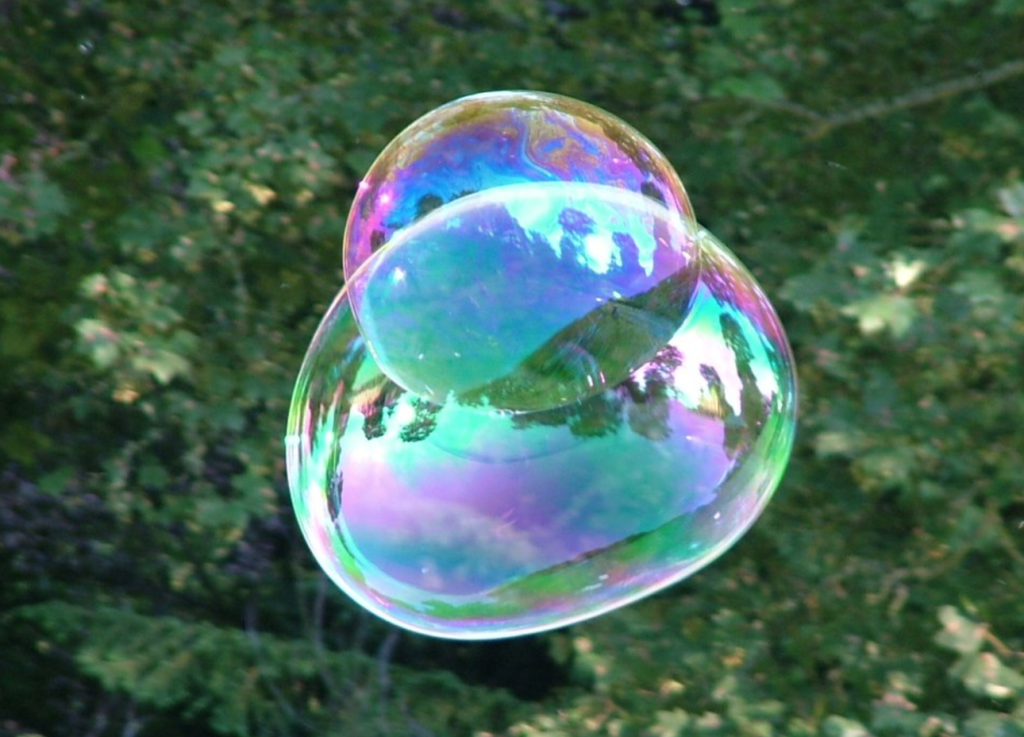In general the anisotropy describes the characteristic of specific surfaces, which can change its color, depending on the angle of observation. The effect is most visible by soap bubbles, on butterfly wings and on seashells.

Source: https://sl.wikipedia.org/wiki/Iridescenca
Rainbow stains appear due to the change of the stress state in the glass, during the tempering process. Any uneven heating, cooling or uneven transporting of the glass on the rollers may lead to the anisotropic effect. The more nonhomogenic the process the bigger the effect. Glass manufacturers are not able to maintain 100 % even tempering process, but are working on optimisation constantly. By polarization of light, strain patterns can cause the double breakage of the light. While observing such tempered glass and with special light conditions, we can detect polaroid fields in different shapes. This phenomenon applies only for tempered and semi-tempered glass.

Despite the fact, that anisotropy phenomenon is part of technological process, cutomers do not want to accept visual anisotropy as part of the glass. Glass standard describes anisotropy as glass effect and not as glass defect. The whish of glass manufacturers, window manufacturer and also customers is the same – to develop processes, which will enable glass production without leopard spots.
SOURCE:
http://www.reflex.si/si/files/default/knjiga-gradimo-s-steklom/Gradimo_s_steklom_Book_SLO_web.pdf
Source: https://www.glastory.net/anisotropy-defect-heat-treated-glass/13.01.2018


